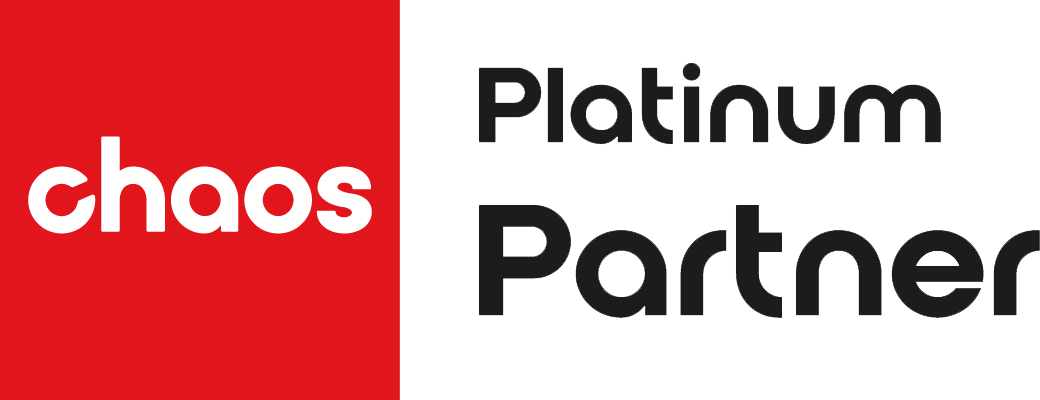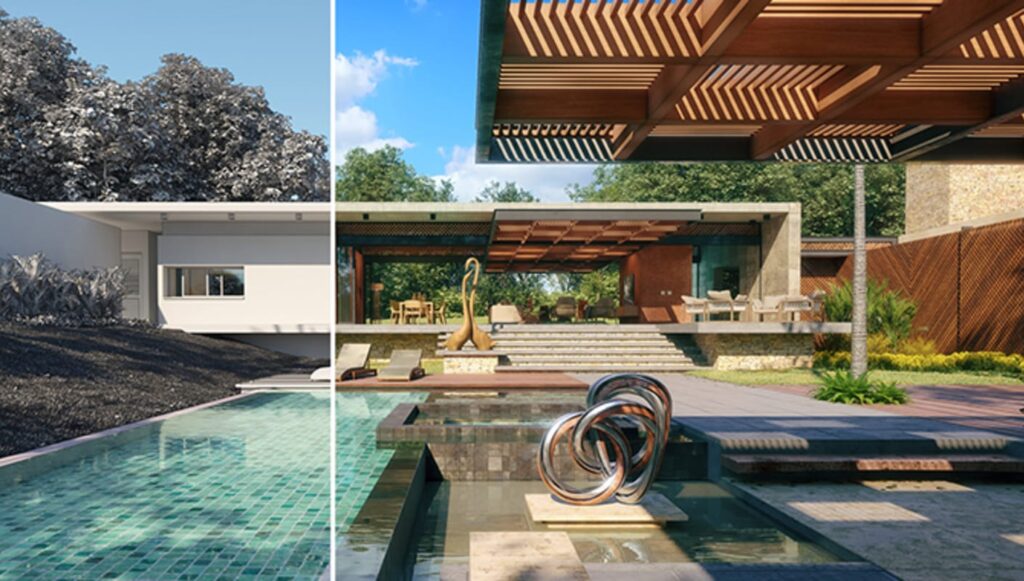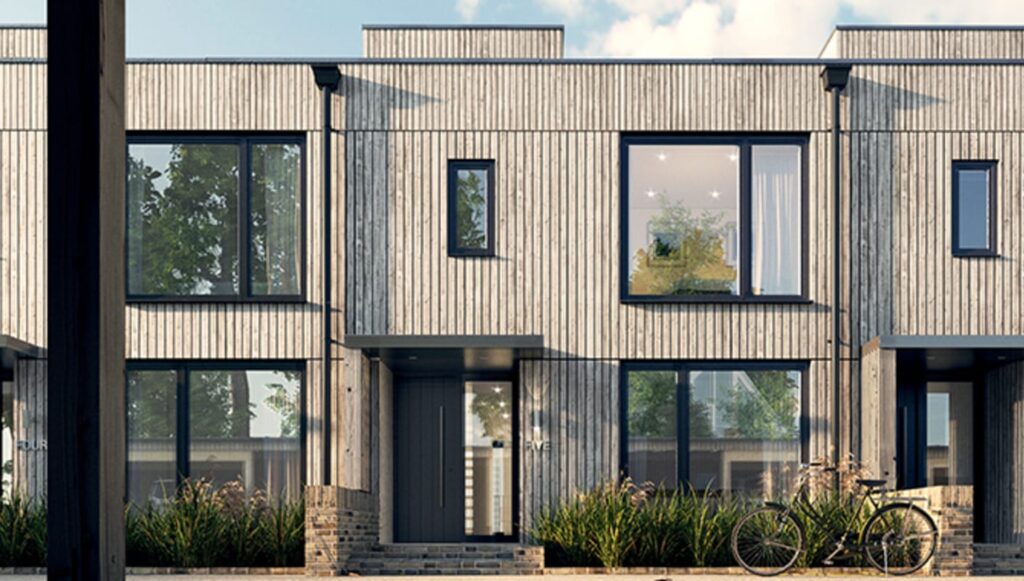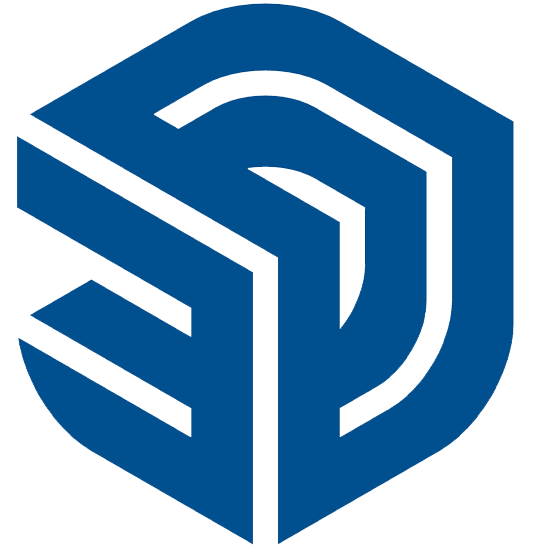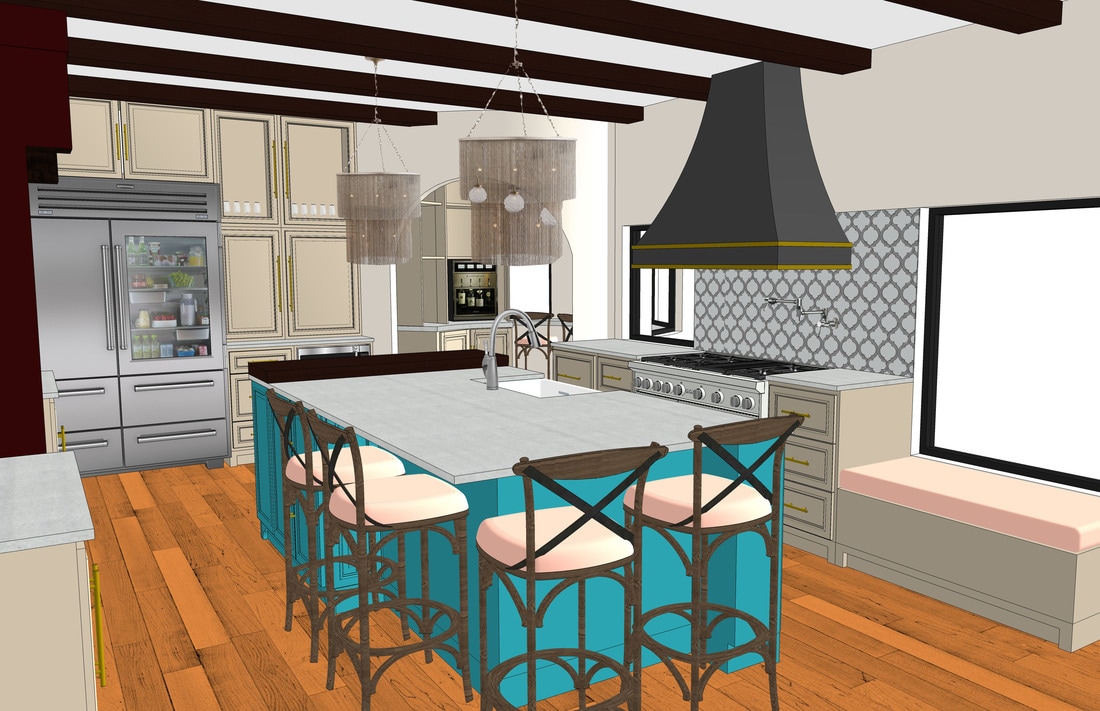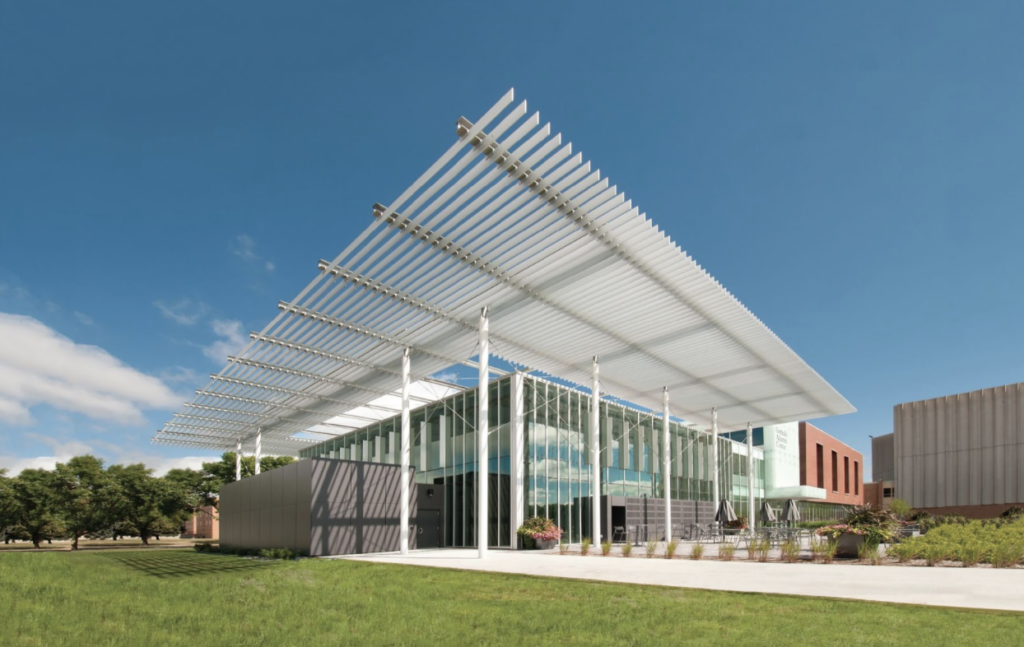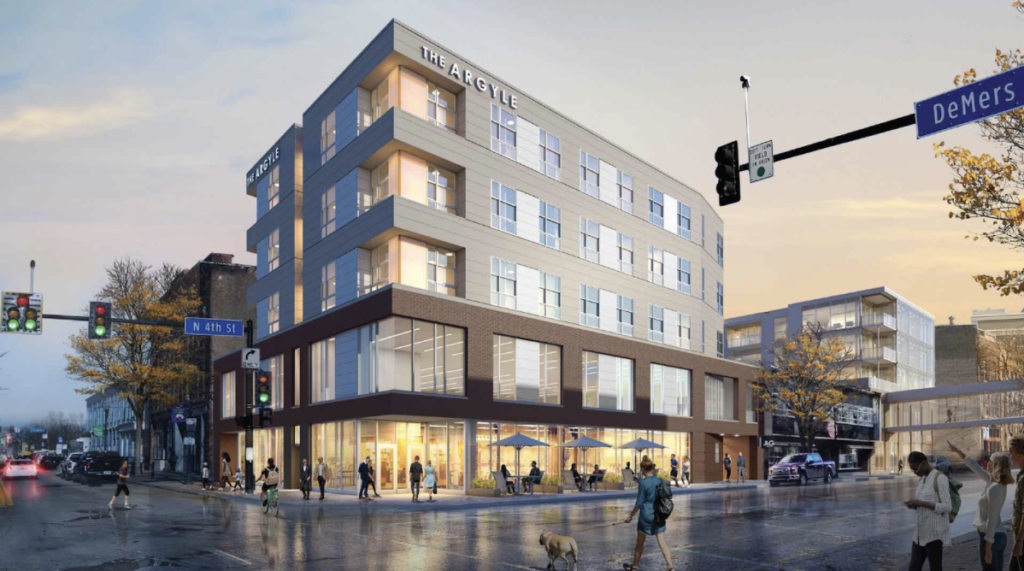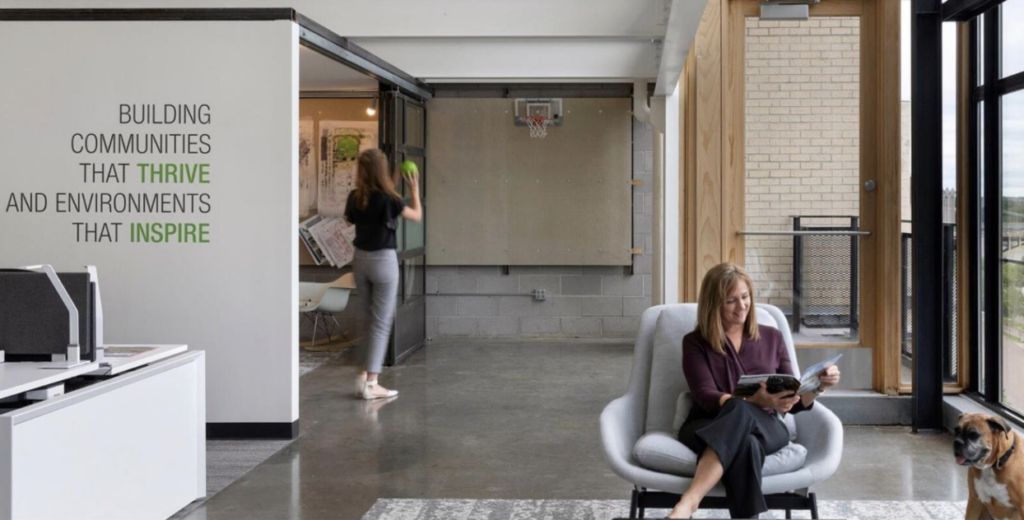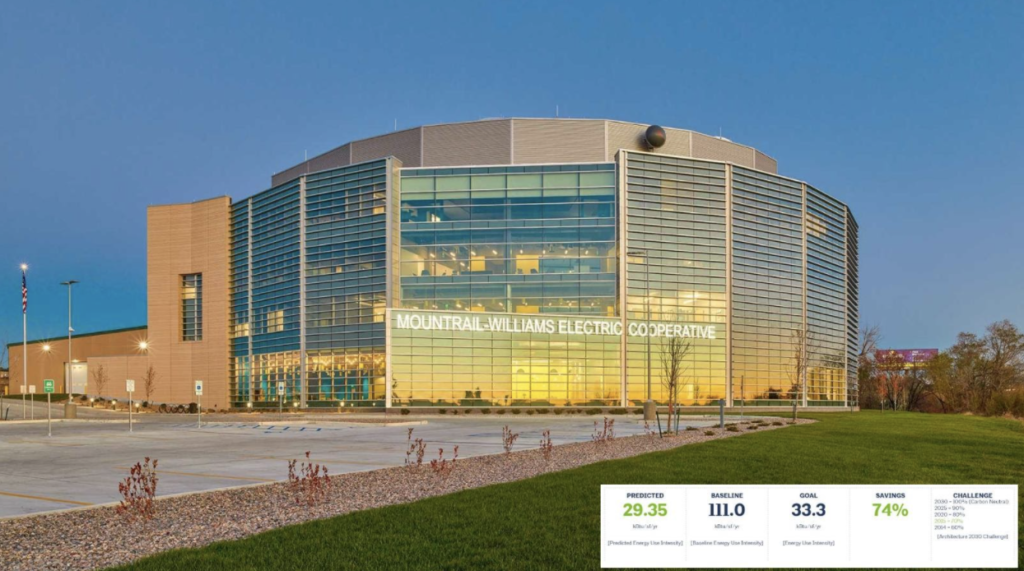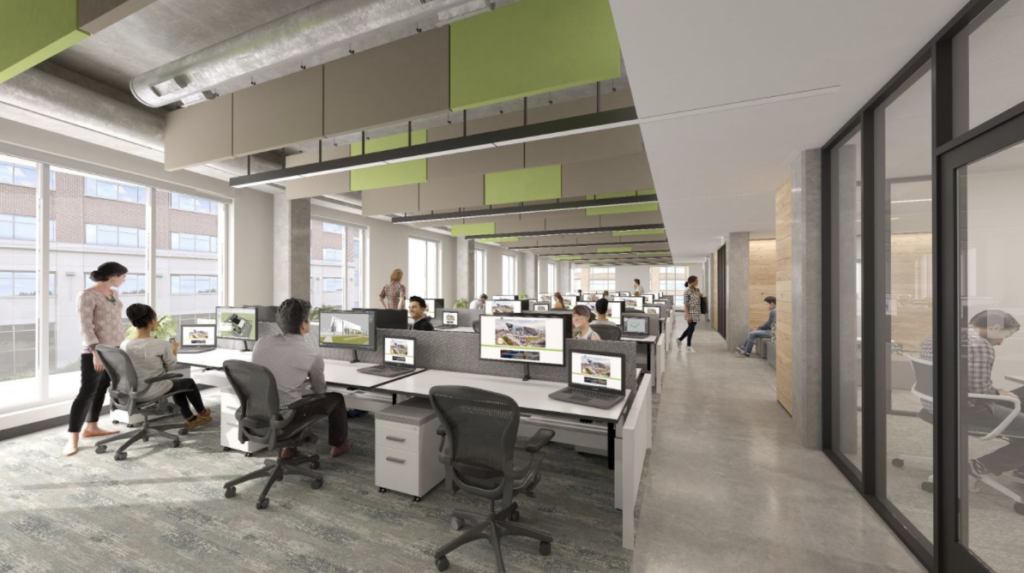What does it look like made bigger? How about smaller, or stretched? Stretching and resizing objects and components in SketchUp is a common requirement for designers from all sorts of sectors, and once you know how to do it, it’s a fast and easy process. If you’re wondering how to scale in SketchUp, boost your design capabilities, improve productivity, enhance your creativity and make designs that delight your clients, read on about how to use the Sketchup scale facility.
The SketchUp Scale Tool
The SketchUp scale tool is an excellent way to modify two-dimensional and three-dimensional objects inside SketchUp. Take a look at the top toolbar and you’ll see it, a red square with a brown box in the left hand corner and a red arrow pointing off towards the right hand corner.
Maybe you want to scale a single face of an object. In which case you simply choose the face you want to edit by clicking on it. To scale multiple objects at the same time you use the select cursor then draw a box around everything you want to change. Once you’ve made your selection, you can either click on the scale tool icon or type in an ‘S’ keyboard shortcut, which activates the tool.
The SketchUp resize object function lets you scale an object very precisely. The programme draws a border around your object including eight green boxes. These are your scaling grips. Click one of them and drag the cursor to see the object you’ve chosen being resized.
Scaling something with the edge grips – as opposed to the grips at the corners – scales the object without keeping the original proportions. It fixes on a point opposite your chosen grip, moving the point closer or further away from the fixed point to resize the rest of your object accordingly. This is perfect when you just want to resize something quickly and precision isn’t really an issue.
For precise resizing, draw a selection box around your object then choose the scale tool and click one of your corner grips once. You can also use the ‘S’ keyboard shortcut. Now add the decimal value you need to scale to and press enter. When you enter 0.5, for example, you halve the size of the object, and when you enter 2 the size of it doubles.
Scaling to a Specific Size in Sketchup
How to scale to an exact size? It’s actually really easy to scale to a specific size, and you won’t need to struggle with maths to do it.
First, triple click on one of the faces of your object to choose the whole thing. Pick the tape measure tool then use it to measure the edge you want to change the dimensions of. Click once on the starting point and once again at the end. Then all you do is type the exact dimensions you want into the ‘length’ box, which you can see to the bottom right. You can see how resizing happens according to changes in the object’s defined dimensions.
To resize, press ‘enter’ for a message asking if you want to re-size. If there’s just the one object to resize, there’s no risk of accidentally re-sizing anything else. Click ‘yes’. If there are other objects it’ll go ahead and re-size everything. But that’s easy to avoid. The trick is to create a group.
How to resize a component without rescaling everything? Right click on an object and choose ‘make group’. Choose an object outside of the group and resize it from there, and you’ll see everything in the model gets scaled. But when you double click on the object to resize so you’re inside the group, you can use the tape measure tool to choose the size you want, then hit ‘enter’ and it’s done. The scaling is only applied to the active group or component you’ve chosen.
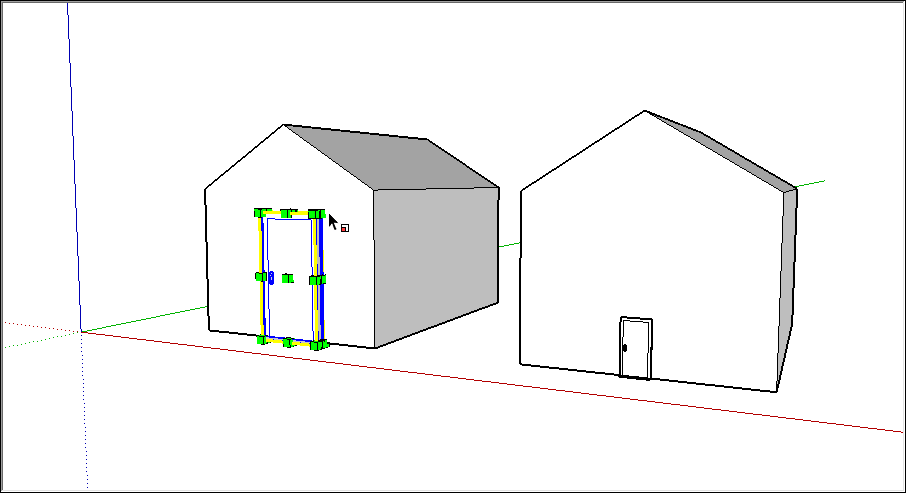
Tips for Scaling in SketchUp
You can scale the whole model using the Tape Measure tool. You can resize objects while keeping their proportions using the Tape Measure tool or Scale tool. It’s easy to stretch or reduce an entity to scale using the Scale tool, and you can either scale just one component or every component in a model.
Here are some handy tips for scaling in Sketchup:
- Use ‘S’ as a keyboard shortcut to activate the scale tool
- Grab your object from a corner to scale uniformly
- Grab your object from the centre to scale across a certain axis
- When you select by dragging from left to right, make sure you fully encompass the object you want to resize
- When you select right to left everything inside the box gets selected
- Use the scale handle and hold down ‘control’ on the keyboard to scale evenly from the centre
- To scale a circle and you know the diameter, double click and grab a corner handle, hold down control and scale it up or down
- To select parts of a model to be scaled while not scaling others, open the group and create a selection around the thing you want to scale then scale it directly
- To scale without stretching the material open the component, select the individual faces then scale them to scroll the material
- To scale something that’s right next to another object, hover over where you think the handle should be to scale it as needed
You’ll find a selection of useful SketchUp tutorials here, and you can explore the brilliant extras you get with SketchUp Pro here.


